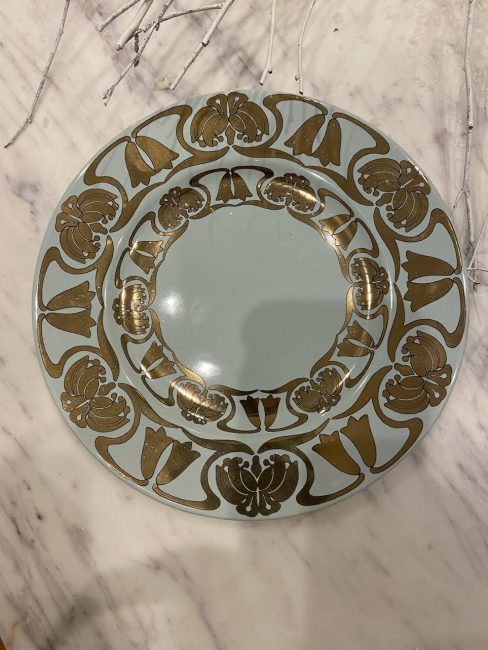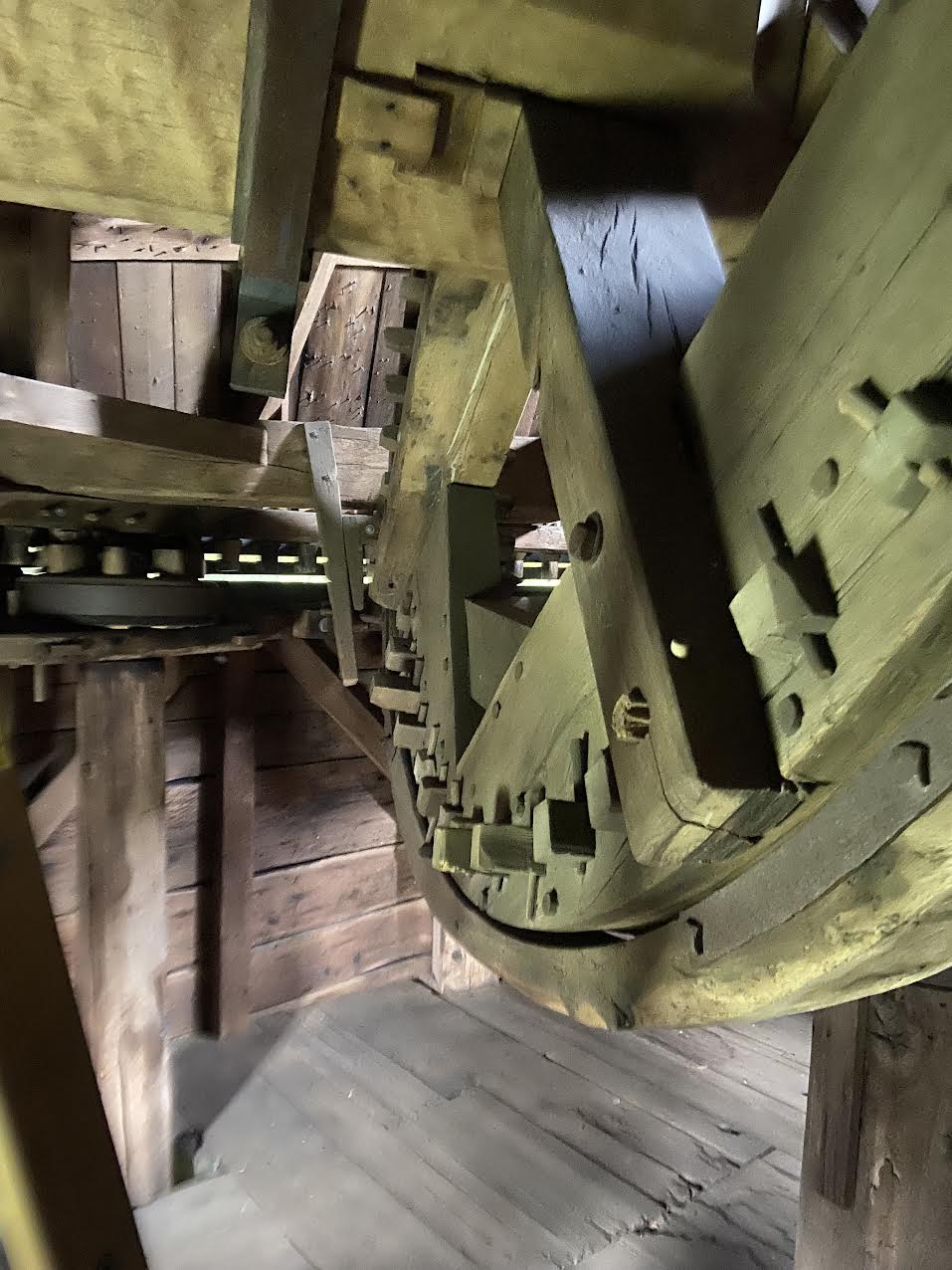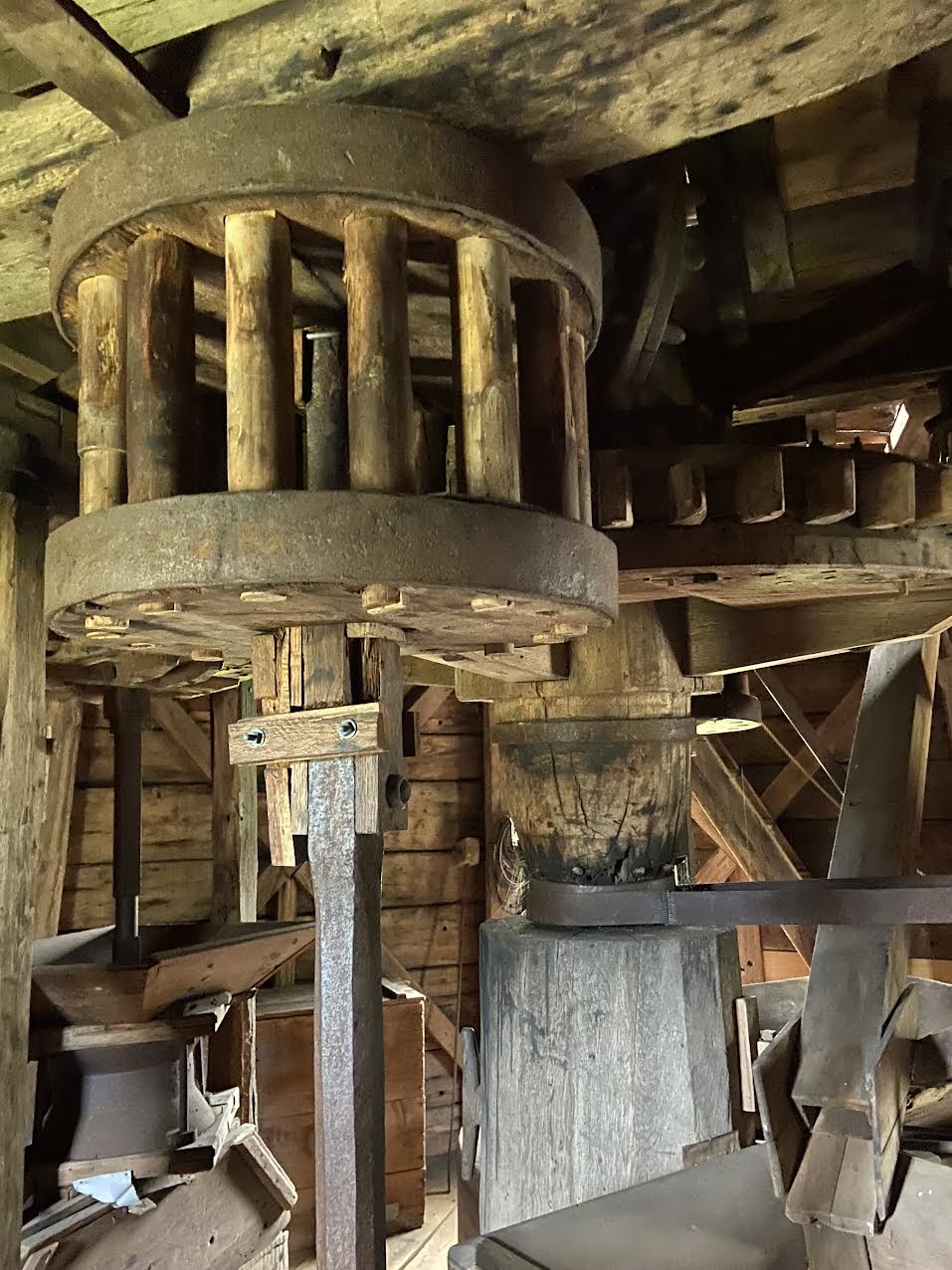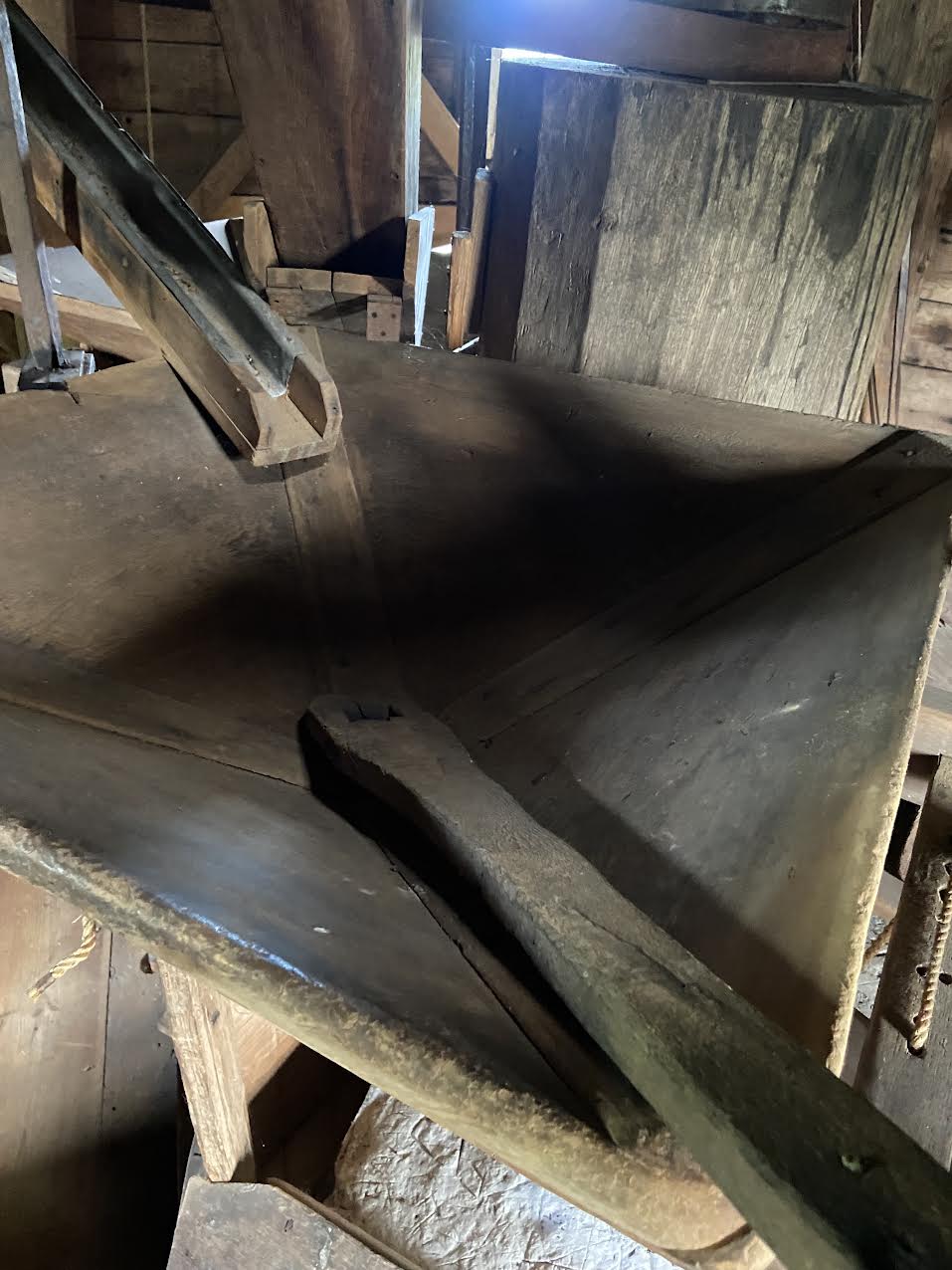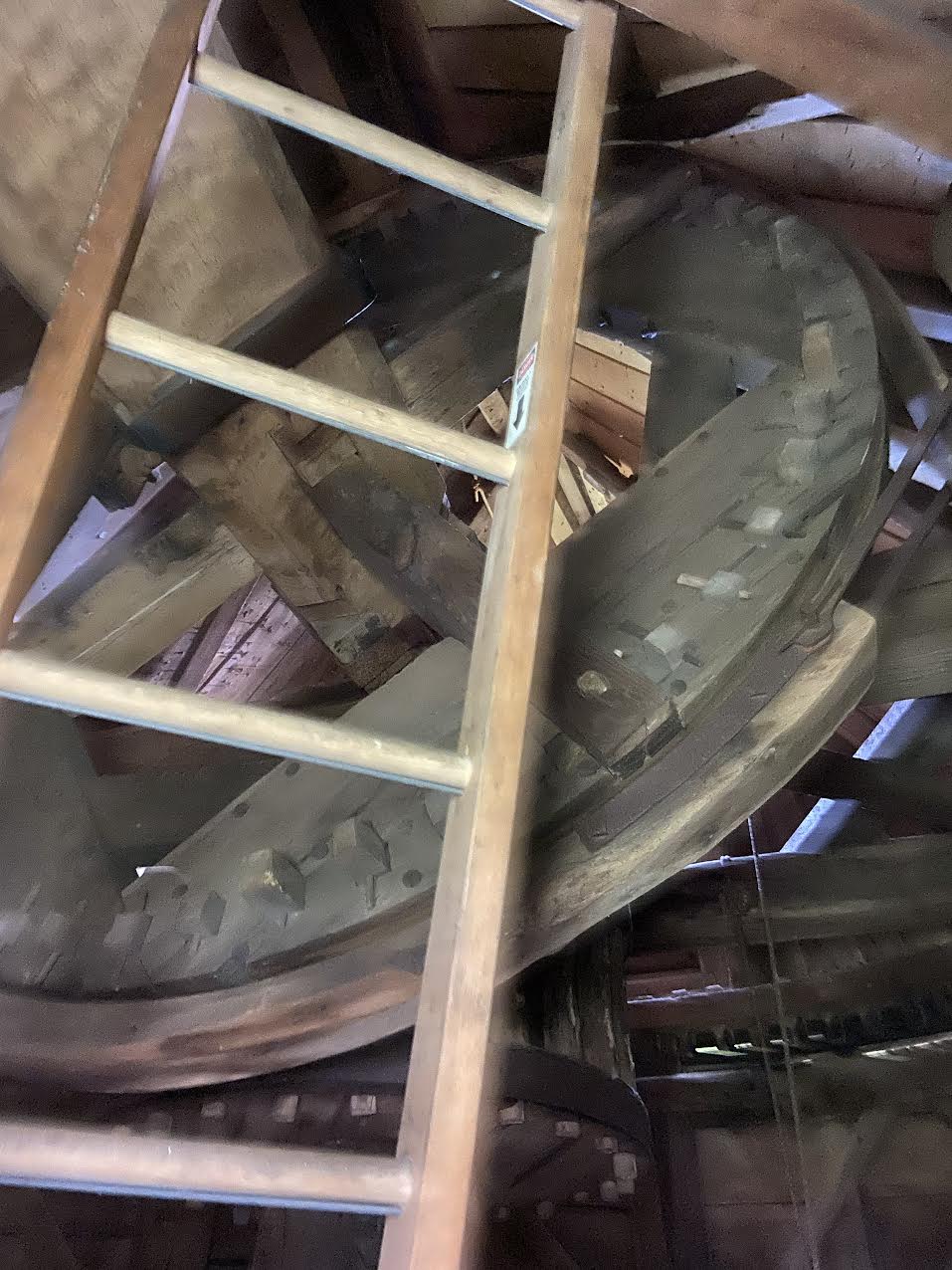Carmel, Indiana’s Art and Design District has 23 of J. Seward Johnson Jr.’s bronze-painted sculptures.

J. Seward Johnson Jr. was a grandson of Robert Wood Johnson I, the co-founder of Johnson & Johnson. He was one of six siblings who sought to overturn his father’s will, which left his vast fortune to a former maid, Barbara Piasecka Johnson, whom he had married late in life.
Johnson & Johnson (J&J) has faced numerous lawsuits and scrutiny regarding its diabetes drugs, particularly Invokana (canagliflozin), and its management of patients’ care. A few years ago Johnson & Johnson stopped manufacturing their insulin pump and sold their LifeScan blood glucose monitoring.

Casey Johnson, who was the great-great-granddaughter of Robert Wood Johnson, died from complications from type 1 diabetes. According to sources, she had a long history of poorly managed diabetes dating back to childhood.
In 1964, Mr. Johnson married Cecelia Joyce Horton, who sparked his interest in art. When he was fired from Johnson & Johnson, Seward and Cecelia would paint together, although he wasn’t very good at it.

“I didn’t like what I could do with paint,” he told The New York Times, “so my wife suggested sculpture because I had some mechanical ability.”
He took some classes and created his first piece, made of stainless steel. It won a contest sponsored by U.S. Steel.
Carmel has the largest collection outside of Mr. Johnson’s home state of New Jersey, and cost the city $2.4 million. His goal for his sculptures was to celebrate the familar. The Carmel Art and Design District has over 200 art and design-focused businesses, including the Indiana Design Center.

“Most people who like my work are timid about their own sense of art,” he told The New York Times. “I love to draw it out of them, because they have strong inner feelings. They’ve been intimidated by the art world.”























